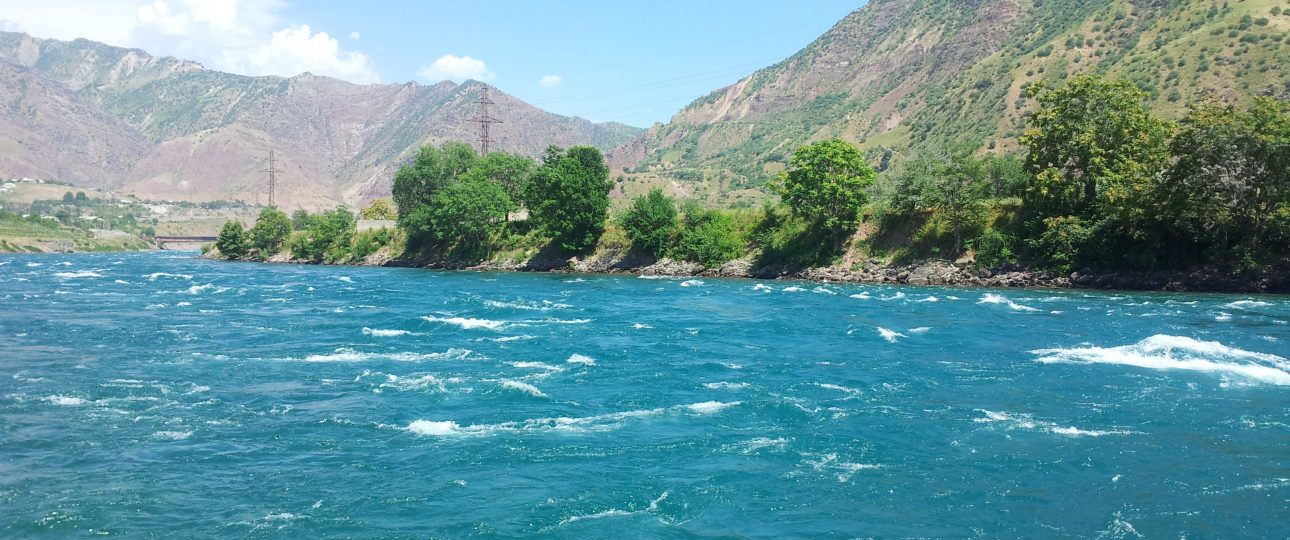Exploring Rasht Valley in Tajikistan
Why Visit Rasht Valley?
Rasht Valley, historically known as Karotegin, offers a unique blend of natural beauty and cultural depth. This region in Tajikistan is known for its stunning landscapes and rich history, making it a compelling destination for those looking to explore Central Asia beyond the usual tourist spots.
- Natural Beauty: The valley is characterized by its dramatic mountains, verdant valleys, and clear rivers. It’s an ideal location for hiking and outdoor activities.
- Cultural Heritage: The area is steeped in history, with ancient fortresses and traditional villages that reflect the customs of the Tajik people. The region was historically significant as an independent area until the late 19th century.
- Local Experiences: Visitors can engage with the local culture by trying traditional Tajik cuisine and participating in local crafts. The valley’s history as part of the Emirate of Bukhara adds a layer of historical intrigue.
Best Time to Visit
The ideal time to explore Rasht Valley is from June to September. During these months, the weather is mild, and the valley is accessible. Winter can bring heavy snowfall, making travel challenging.
Getting There
To reach Rasht Valley, fly into Dushanbe, Tajikistan’s capital. From there, it’s about a three-hour drive to the valley. While there is no direct train to Rasht Valley, the drive offers scenic views of the surrounding landscape. Hiring a car or taking a shared taxi are the most practical options.
Local Transportation
Once in Rasht Valley, consider hiring a local guide. They can navigate the winding roads and introduce you to lesser-known spots. Renting a car is also an option if you prefer to explore independently, but be prepared for challenging driving conditions.
Notable Attractions
1. Garm
Visit the town of Garm, historically the chief town of the region. Situated on a hill by the Vakhsh River, Garm offers insights into the local way of life and the region’s history.
2. Historical Sites
Explore the remnants of ancient fortresses and traditional villages. These sites provide a glimpse into the area’s past, including its time under the Emirate of Bukhara.
3. Local Crafts and Cuisine
Engage with the local culture by participating in traditional crafts and sampling Tajik cuisine. The region is known for its rough woolen cloth and mohair, as well as its unique culinary offerings.
Considerations
Traveling in Rasht Valley can be challenging due to its remote location and rugged terrain. Be prepared for limited communication options and ensure you have a reliable guide or transportation plan. Despite these challenges, the valley offers a rewarding experience for those willing to venture off the beaten path.





Hello Vincent,
Thanks a lot for this information. I believe it helps many people. The picture is also awesome. Did you take it yourself? If yes, can we use it for one of our project proposals related to the Rasht Valley?
Thanks and kind regards,
Jakhongir